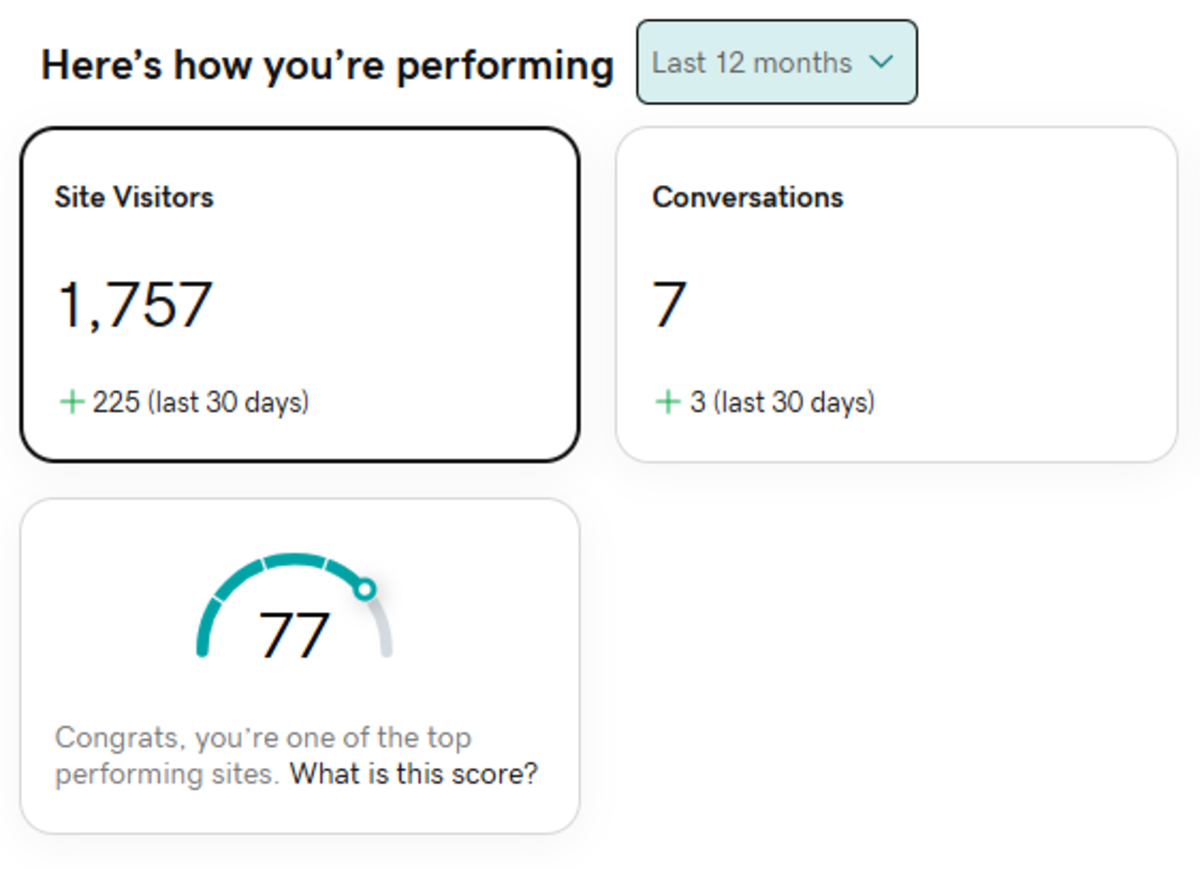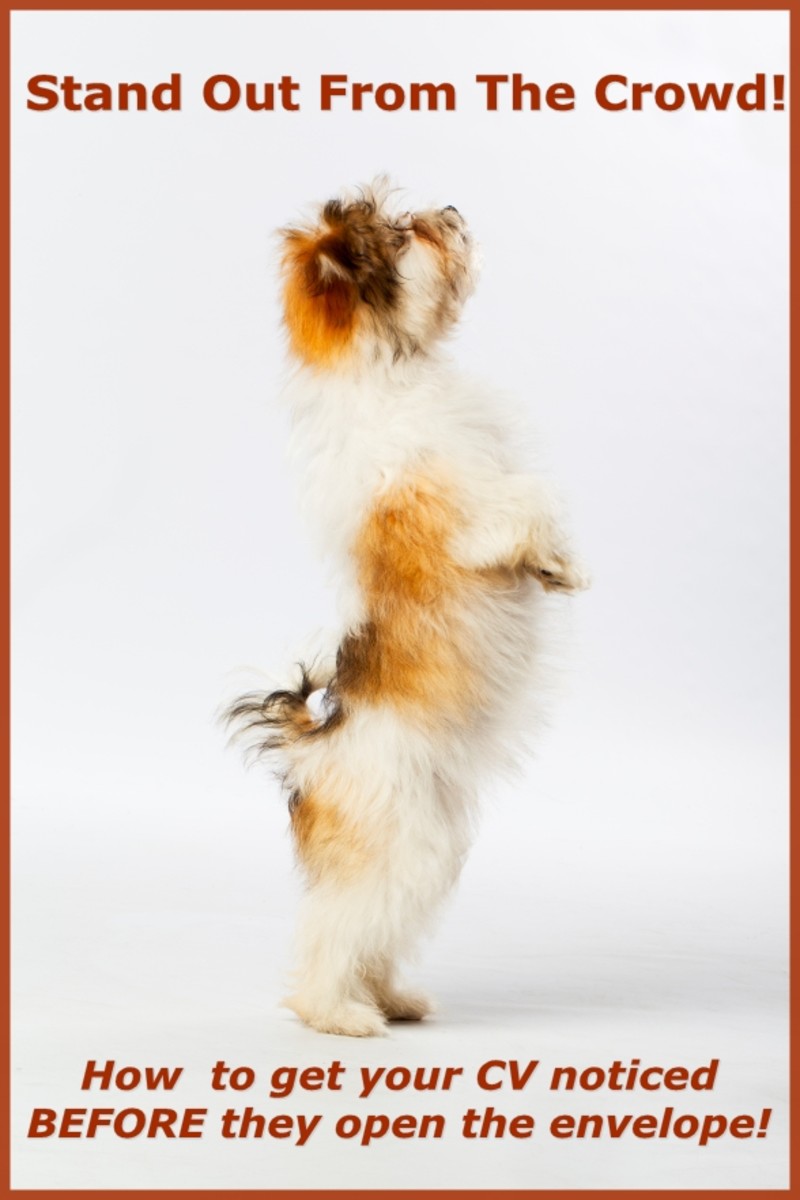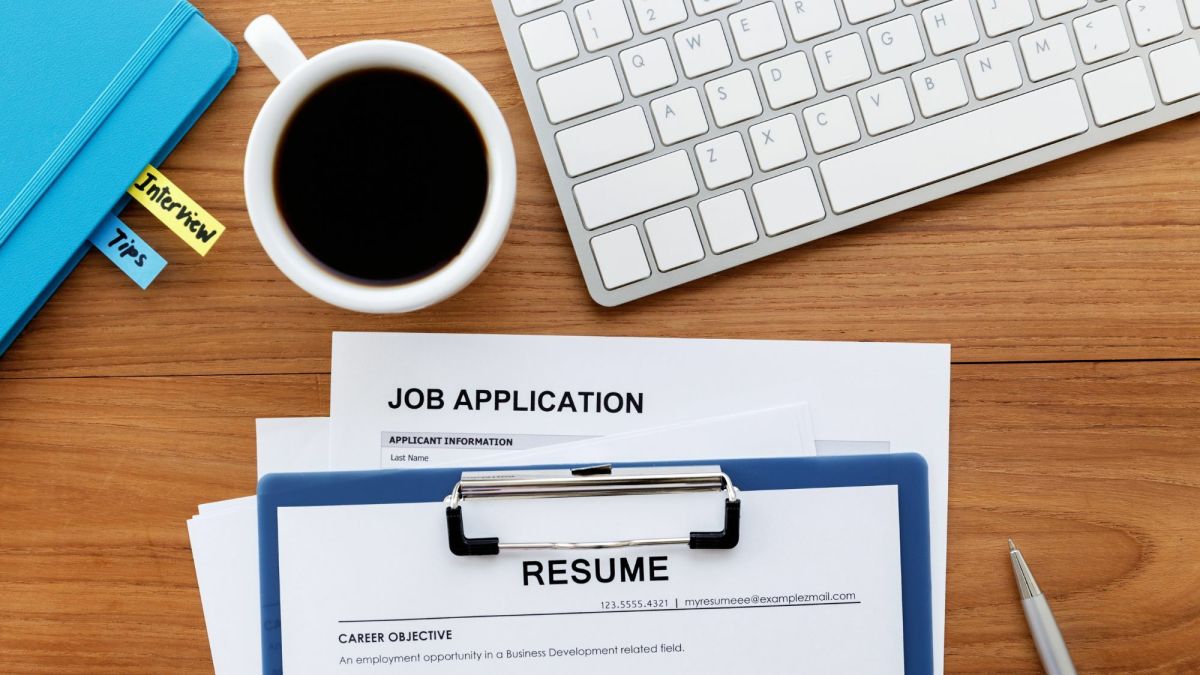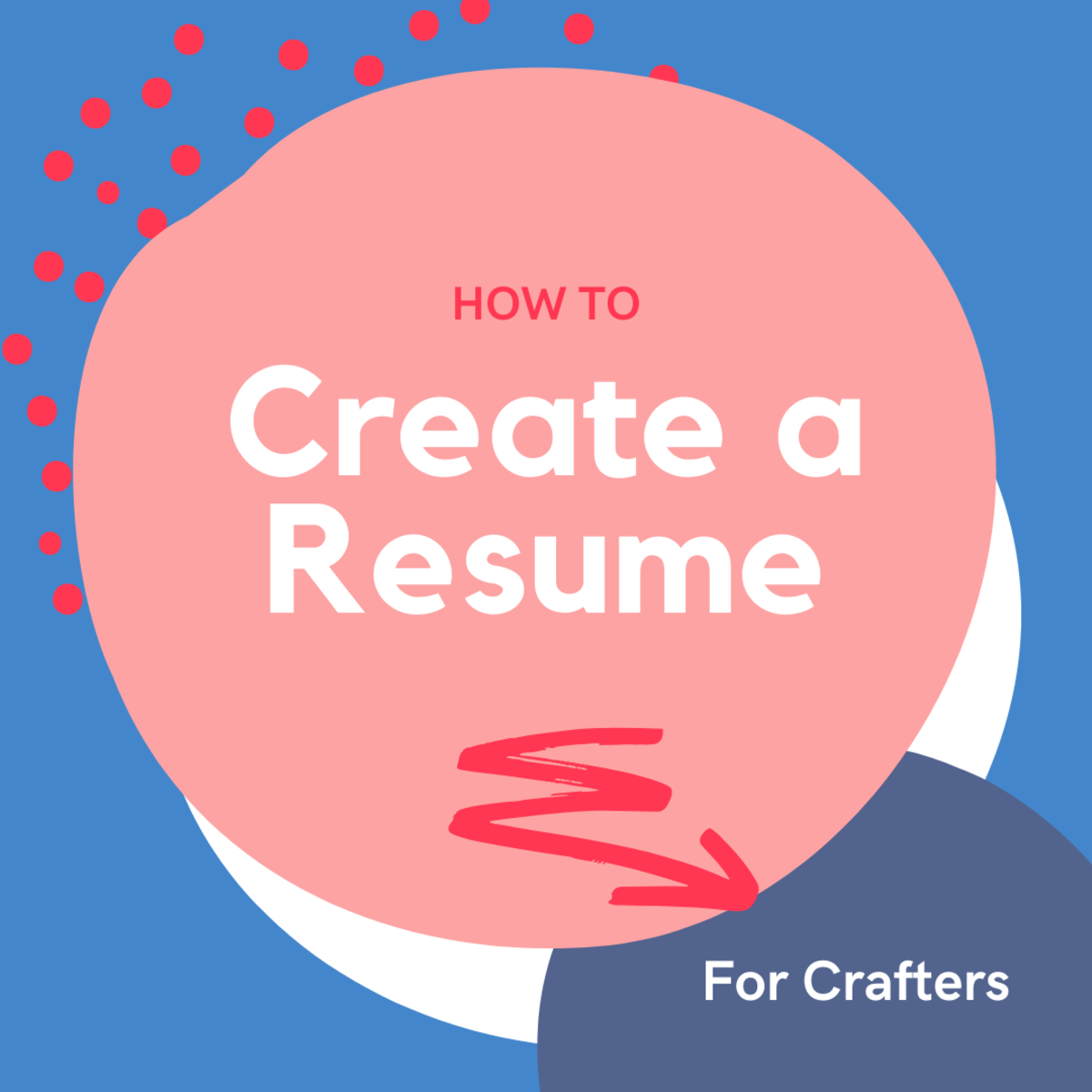Resume Tips & Hints

For some people, the very thought of putting together a resume is enough to start their hearts racing and their hands shaking. In reality, though, putting together a resume to be proud of is not all that difficult. The key is to understand the anatomy of an effective resume so you can put the right information in the right places.
Resume basics
Let’s start with the very basic purpose of a resume. It is a document designed to present your most positive skills and abilities to an employer, in a way that makes it clear how your qualifications are relevant to the job position. Your resume should be concise and clear, making it easy for the prospective employer to understand why you should be considered for employment.
In most cases, your resume should be kept to a single page, or if absolutely necessary, no longer than two pages. Choose a professional quality paper, such as linen or heavy bond cotton, in a color that is conservative and classy, such as white or light cream. Use a font that is easy to read, such as Times New Roman, Arial, Verdana, or Century Gothic. It is okay to use one font for headers and a different font for the main body of content.
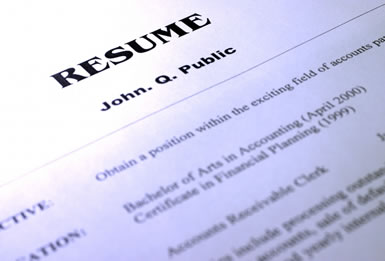
The 5 Types Of Resume
The five main types of resume are:
- Functional Focuses on your overall skills, abilities, and experiences across all of your work history rather than job by job.
- Chronological Begins with your most current position and lists the rest of your work history in reverse chronological order.
- Combination Includes skills, abilities, and experiences at the beginning and finishes with your employment history.
- Targeted Customized to highlight your skills and abilities that are most important for the specific position available.
- Mini A short version of your resume, with a brief summary of qualifications and career background; often used for networking purposes when a full resume is too long.
Most job searchers will prepare a functional, chronological, and combination resume so they are fully prepared for likely job search situations.
Sections of a resume
There are several sections you should include in your resume:
- Personal information Name, address, phone number, email address, etc. Be sure your email address is something that sounds professional, such as janedoe@provider.com, rather than something casual and personal, such as machodude@provider.com.
- Overview A general overview of your skills and what kind of job you want to pursue. This section should be no more than a single paragraph in length, preferably three to four sentences at the most. Be sure to include strong, action oriented words such as coordinated, executed, directed, organized, generated, resolved, facilitated, prepared, adjusted, discovered, persuaded, and the like.
- Skills and abilities A discussion of the specific skills, abilities, and expertise you have to offer an employer. This section is most often used in a functional, combination, or targeted resume. Be sure to use strong skill categories, such as leadership skills, communication skills, technical skills, analytical skills, teaching skills, financial skills, problem solving skills, creative skills, and the like.
- Work experience A list of your employment history, starting with your most current position and working back from there. This section is most often used in a chronological, combination, or targeted resume. Each entry should include the name of the employer, the position you held, the dates of employment, and a brief (one or two sentence) description of your responsibilities. In most circumstances you should not list work history more than ten years back, unless you were in a position for a very long time or there is a particular skill from a past position you want to highlight.
- Education A list of your educational background, starting with the highest level of education achieved and working back from there. Also be sure to include any relevant certification, licensing, accreditation, and the like.
- Other interests A very brief description of what you enjoy doing in your spare time. Resume and employment experts disagree on whether you should or should not include this section; the best approach is generally to focus on the previous five sections in this list, and only include this section if space allows.
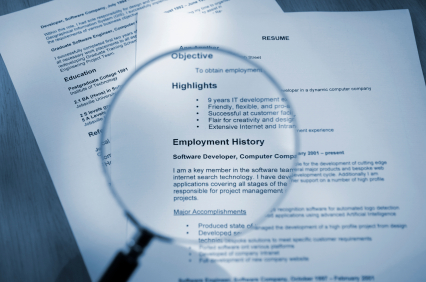
Final thoughts
Throughout the resume preparation process, keep in mind that this document represents you when you are not there to represent yourself. It should contain the vital information that a prospective employer needs to determine if you should come in for an interview, and generally demonstrate your level of professionalism and attention to detail.
It is a good idea to enlist the help of a trusted friend, relative, or mentor to review your resume and provide feedback before you start sending it out to prospective employers. Often these “fresh eyes” will find misspellings, awkward phrases, or areas where you could improve the power of your resume to clearly communicate your skills and abilities.
Other hubs on resume writing
- How to Write a Perfect Resume Objective (Resume Form...
Writing a meaningful Objective for a resume can delay the completion of the document. To ease this process, the inside information on effective Objective Statements that will gain you larger numbers of interviews is contained in this article, with vi - How to Avoid Gaps In Your Resume - Explaining Resume...
Employment gaps on a resume can appear to be disasters that will prevent a job seeker from being employable. This is based on the idea of job-hopping as... - Resume Mistakes - (Resume Format Part II)
Here is a mock resume and cover letter I use in my Resume Writing Class and all infomation is fictitious. Accompanying these documents is a critique and suggestions for changes. You may see additional good suggestions - please add your comments freel - How to Explain Gaps in Your Resume
A gap in your resume is generally considered the time between jobs where there is nothing on your resume that indicates that you were working, or what you were doing. UPDATE: I didn't think think this had... - How to Format a Resume, Cover & Thank You Letters
It is permissible and often advisable to include in your CONTACT INFORMATION at the head of your resume: YourLinkedIn address, and... - How to write an excellent resume if you have no or l...
Detailed instructions about how to build an excellent resume if you have little or no work experience. Step-by-step instructions, advice, examples, and a list of common mistakes. - The Perfect Resume and Cover Letter for Job Applicat...
Many
This hub brought to you...
by Julie-Ann Amos, professional writer, and owner of international writing agency www.ExquisiteWriting.com
Why not create your own HubPages? It's fun and you can make revenue from Adsense and other revenue streams on your pages. JOIN HUBPAGES NOW
This work is licenced under the Creative Commons Attribution-Non-Commercial-No Derivative Works 3.0 Unported License. To view a copy of this licence, visit http://creativecommons.org/licenses/by-nc-nd/3.0/ or send a letter to Creative Commons, 171 Second Street, Suite 300, San Francisco, California 94105, USA.




